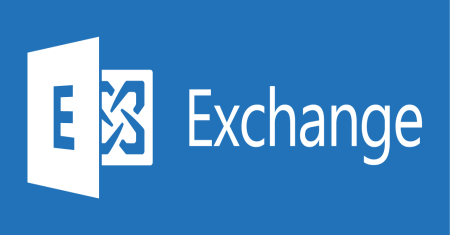You can use the Exchange Management Shell to configure the way emails are sent and received through remote domains. The following section describes how to configure Auto Forward using Windows PowerShell. In Exchange 2013 and Exchange 2016, the only way to see or change the current configuration is Exchange Management Shell (EMS).
To get the currently configured Remote Domains, use:
PS > Get-RemoteDomain
It will return a single domain named “Default”. So you can directly filter your results list using the following command:
PS > Get-RemoteDomain Default | fl AutoForwardEnabled
You can use the Set-RemoteDomain cmdlet to configure the properties of a remote domain. The following example allows automatic forwarding to the default remote domain named “Default”. This setting is disabled by default for security reason:
PS > Set-RemoteDomain –AutoForwardEnabled $true
Thanks to the previous command, users can now create Outlook rules to automatically forward email to their private mailbox.
PS > Set-RemoteDomain -AutoReplyEnabled $true
Thanks for reading! You can follow me on Twitter @PrigentNico

